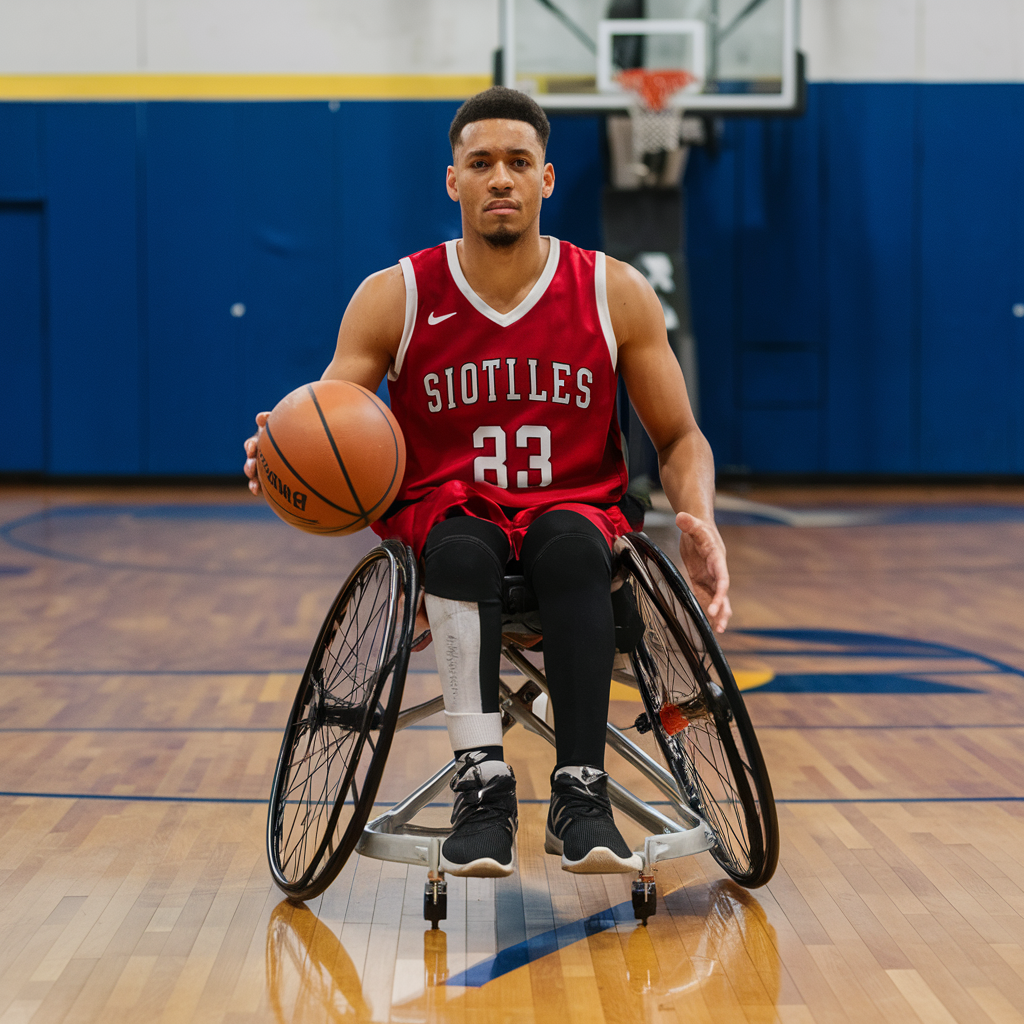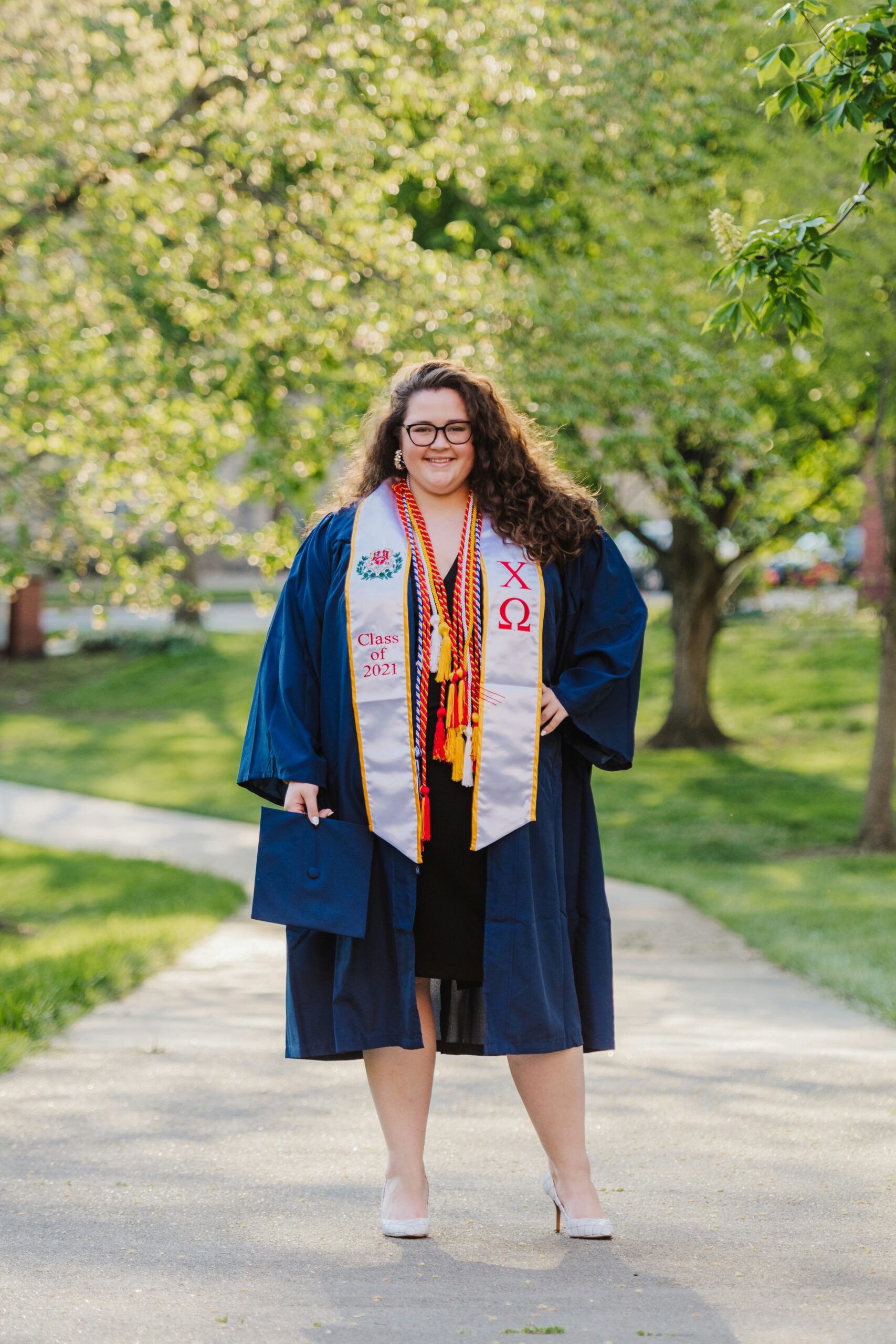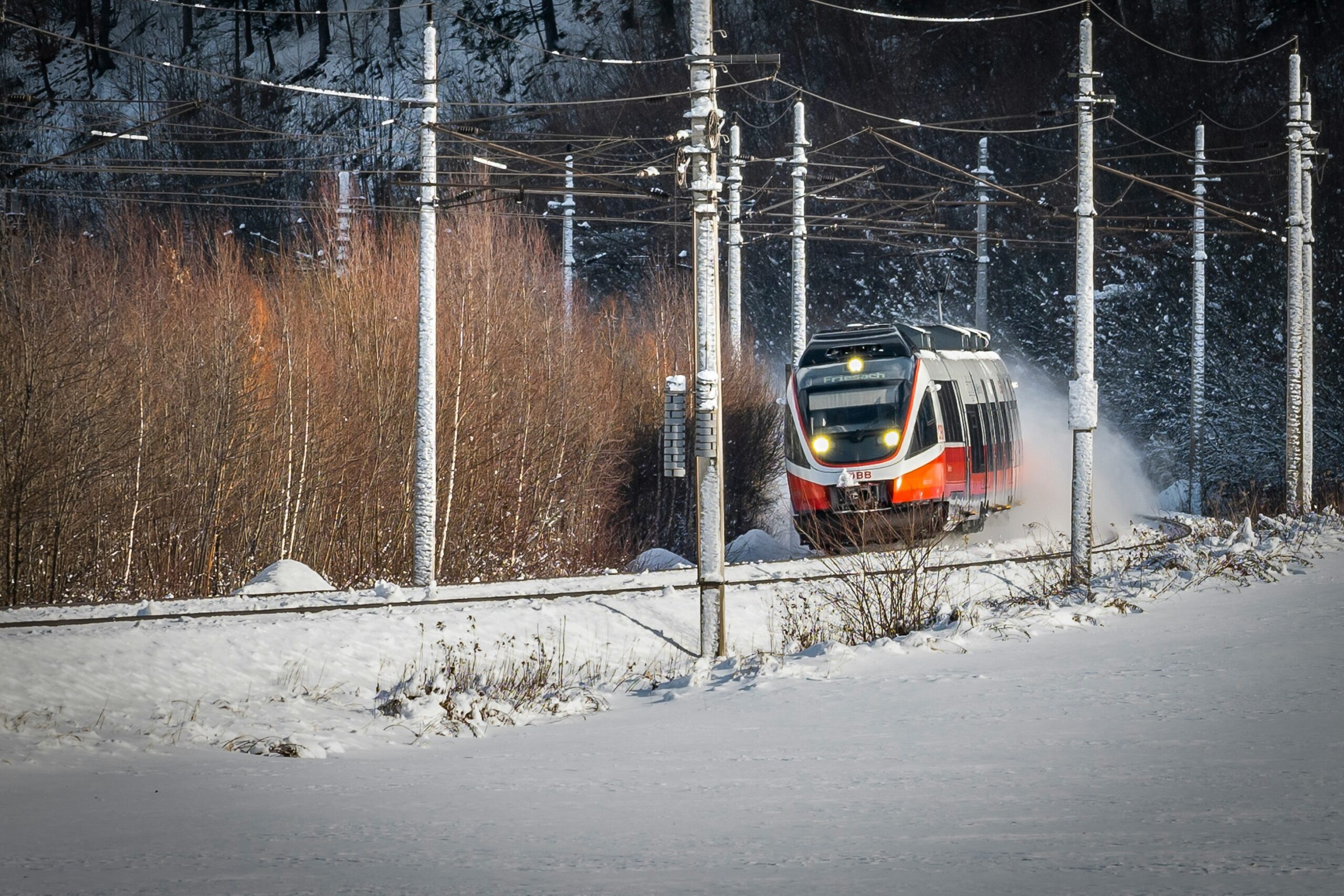The Rise of Adaptive Sports and Its Impact on Communities
In recent years, the world of sports has seen a remarkable transformation. No longer confined to conventional norms, athletics have embraced inclusivity through the rise of adaptive sports. This evolution has not only changed the game for countless athletes but has also had profound effects on communities at large. It’s a movement that, when you think about it, is as inspiring as it is necessary.
Adaptive sports—activities modified to accommodate individuals with disabilities—are not just about competition; they are about community, resilience, and empowerment. They have come a long way from the days of being seen as a niche activity. In fact, many would argue that adaptive sports are redefining what it means to be a part of a team, a community, and a society.
Understanding Adaptive Sports
At its core, adaptive sports seek to provide opportunities for athletes with disabilities to participate in physical activities. These can range from wheelchair basketball to adaptive surfing, and the list goes on. The beauty of adaptive sports lies in their diversity and the creativity involved in making sports accessible. I remember attending a local adaptive sports event where athletes were racing in specially designed wheelchairs, and the sheer joy on their faces was infectious. It was a vivid reminder of the power of sport to unite us.
Some common adaptive sports include:
- Wheelchair basketball
- Adaptive skiing
- Sledge hockey
- Blind soccer
- Adaptive rowing
Each of these sports has unique modifications that allow individuals with varying disabilities to compete, have fun, and experience the thrill of athleticism.
A Historical Perspective
To fully appreciate the rise of adaptive sports, it’s essential to understand their historical context. The journey began in the aftermath of World War II when veterans returning home with disabilities sought ways to regain their physical fitness and social engagement. The first organized games for athletes with disabilities, known as the Stoke Mandeville Games, were held in 1948 in England. Fast forward to today, and we see the evolution of these games into the Paralympic Movement, which has gained international recognition and respect.
What strikes me curious is how society’s perception of disability has shifted alongside the evolution of adaptive sports. Once viewed through a lens of pity, individuals with disabilities are now celebrated for their strength and determination. It’s a refreshing change, and one that reflects a broader societal shift toward inclusivity.
Impact on Communities
The rise of adaptive sports has multifaceted impacts on communities. As these sports gain traction, they foster a sense of belonging and camaraderie among participants. But let’s break it down a bit further.
1. Fostering Inclusivity
One of the most profound impacts of adaptive sports is the promotion of inclusivity. By providing platforms for athletes with disabilities, communities are encouraged to embrace diversity in all forms. This inclusivity goes beyond the sports field; it seeps into the fabric of community life. Schools, local organizations, and even businesses begin to recognize the value of including everyone, regardless of ability.
For instance, community centers that offer adaptive sports programs often see an increase in participation from individuals of all backgrounds. This creates an environment where everyone feels valued and appreciated, which can work wonders for community cohesion. It’s not just about the athletes—families and friends become involved, and suddenly, there’s a whole ecosystem supporting these initiatives.
2. Building Awareness and Understanding
Adaptive sports also play a crucial role in building awareness about disabilities. Many people, myself included, often remain oblivious to the challenges faced by individuals with disabilities until they are exposed to adaptive sports. Attending an event, or even just hearing stories from participants, opens eyes and hearts.
For example, a local university might host an adaptive sports day, inviting the community to come and watch. The more people see adaptive sports in action, the more they understand the capabilities of athletes with disabilities. This understanding fosters empathy and encourages community members to become advocates for inclusivity in various aspects of life.
3. Encouraging Physical and Mental Health
Engaging in adaptive sports can significantly improve the physical and mental health of participants. The benefits of regular physical activity are well-documented—reduced stress, improved mood, and enhanced physical well-being. For individuals with disabilities, adaptive sports provide an avenue to engage in physical activity that might otherwise be inaccessible.
Moreover, the mental health benefits stemming from social interaction and teamwork cannot be overstated. The camaraderie developed among athletes can lead to lasting friendships, which are invaluable for emotional support. I recall chatting with a former athlete who shared how joining a wheelchair rugby team transformed his life. He no longer felt isolated; he found a community that lifted him up.
Challenges Ahead
It’s important to acknowledge that while the rise of adaptive sports has been encouraging, it’s not without its challenges. Funding, accessibility, and awareness remain hurdles that need to be addressed.
1. Funding and Resources
Many adaptive sports programs rely heavily on donations and grants, which can be unpredictable. This uncertainty can limit the availability of programs, equipment, and coaching. Community organizations are often stretched thin trying to provide quality experiences for athletes. I’ve seen local programs struggle to keep their doors open; they have such passion but often lack the financial backing to thrive.
To combat this, some communities have turned to creative fundraising strategies, such as hosting events or partnering with local businesses. It’s a testament to how much communities value inclusivity and the positive impact of adaptive sports.
2. Accessibility
Accessibility goes beyond just having the right equipment; it also includes physical access to facilities. Many sports venues are still not fully equipped to accommodate individuals with disabilities. This includes everything from ramps to accessible restrooms. Communities must invest in making these areas accessible to ensure that everyone can participate.
It’s a bit ironic, really. We’re making strides in the sports world, but sometimes the venues lag behind. There’s a lot of work to be done, and it requires collaboration between various stakeholders—government, private sector, and the community itself.
3. Raising Awareness
Lastly, raising awareness about adaptive sports is an ongoing challenge. Many people still don’t know that these sports exist, let alone how to get involved. Community outreach initiatives are vital, but they often require manpower and funding. Events like the Paralympics do help shine a light on adaptive athletes, but the message needs to be spread further.
Perhaps we need a bit of creativity here—how about a social media challenge or a community festival focused on adaptive sports? The more visibility we can give these athletes, the better.
The Power of Role Models
Role models play a crucial role in the world of adaptive sports. Just as in traditional sports, having prominent figures to look up to inspires young athletes and encourages them to pursue their dreams. Athletes like Tatyana McFadden, a Paralympic champion, and Josh Sundquist, a motivational speaker and adaptive athlete, have become beacons of hope and determination.
When young athletes see someone who looks like them achieving great things, it ignites a spark. It tells them that their dreams are valid and attainable. I can’t help but smile when I think about the young girl who, after watching the Paralympics, decided to take up adaptive rowing. Her enthusiasm was palpable, and she radiated an energy that reminded me of my first love for sports.
Community Events and Initiatives
Communities across the globe are stepping up to support adaptive sports through local events and initiatives. From hosting tournaments to offering free classes, the commitment to promoting inclusivity is evident. These events not only provide opportunities for athletes but also serve as a platform for education and awareness.
Local Success Stories
Take, for instance, a small town in Ohio that organized an adaptive sports festival. It started with a handful of participants and has now grown into a weekend event that attracts hundreds. The festival features adaptive sports demonstrations, workshops, and even friendly competitions. It’s become a staple in the community, bringing together athletes, families, and supporters.
Such events do wonders for community spirit. They create a buzz, a sense of excitement that brings people together for a common cause. I remember attending a similar event, and the atmosphere was electric. Everyone was there to support the athletes, and it reminded me just how powerful community rallying can be.
The Future of Adaptive Sports
As we look ahead, the future of adaptive sports seems bright. With increased awareness, funding, and community support, there is potential for growth on an unprecedented scale. The integration of technology in sports, such as advanced prosthetics and adaptive equipment, is also paving the way for new possibilities.
Innovation is key. As new technologies emerge, they will likely enhance the experience for adaptive athletes. We’re already seeing developments in training methods and equipment that allow individuals to push boundaries even further. It’s exciting to think about what the future holds—who knows, maybe one day we’ll see adaptive sports at the forefront of the Olympics!
Conclusion
The rise of adaptive sports is more than just a trend; it’s a movement that reflects a deeper understanding of inclusivity and community. Through the power of sport, individuals with disabilities are redefining what it means to be an athlete, and communities are learning to embrace diversity in all its forms.
As we continue to support adaptive sports, we must remain vigilant in our efforts to remove barriers, provide resources, and raise awareness. The victories of athletes with disabilities are not just their own; they are victories for all of us. After all, when one person succeeds, we all succeed, and isn’t that the ultimate goal? So, let’s cheer for our adaptive athletes, support our local programs, and together, build communities where everyone can thrive.







